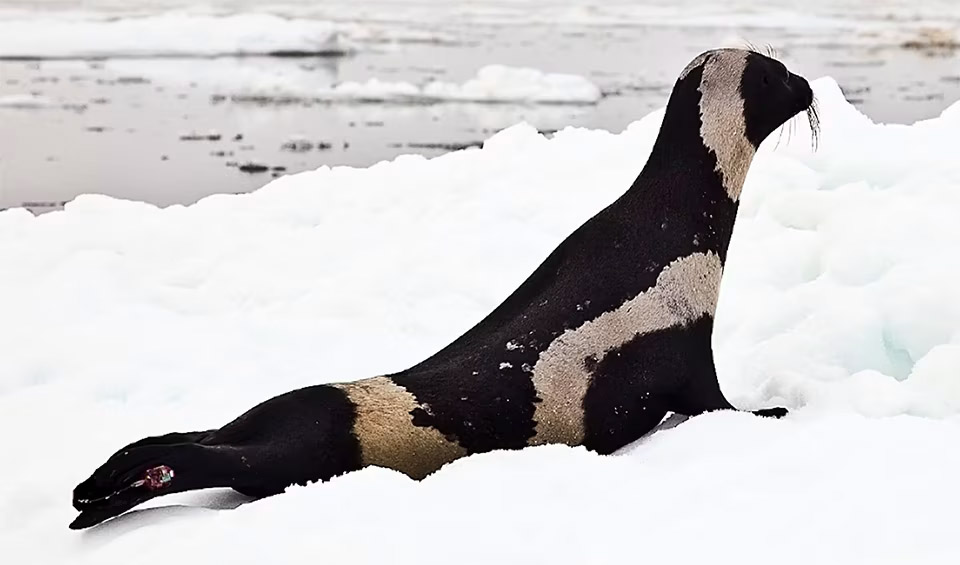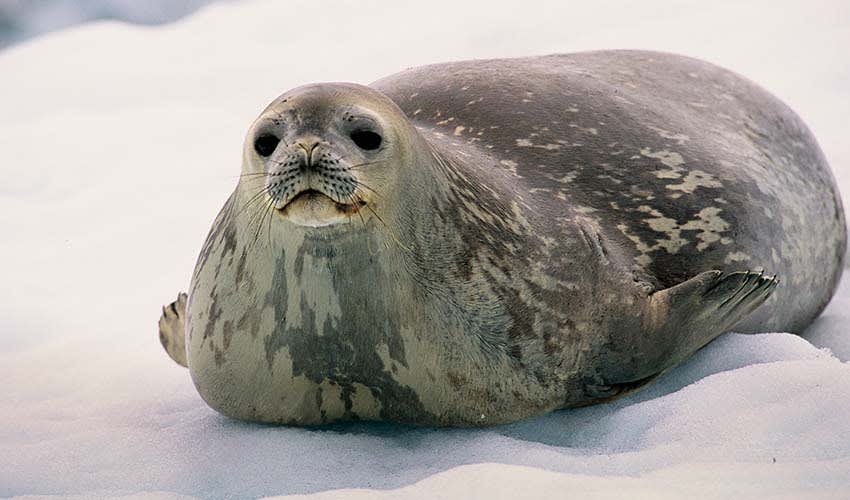Phocidae – Earless seals
True seals here! They can see well in dark and murky water, but their future… still looks bleak
Earless seals, or Phocidae, represent a family within the group of marine mammals known as pinnipeds, including the walrus and the eared seals (Otariidae). Phocids are distinct from their pinniped relatives because they lack external ear flaps and are less agile on land due to their anatomy. Commonly referred to as true seals, they are equipped with a more aqua-dynamic body shape, allowing them to move gracefully and efficiently in the water.
These seals are well adapted to life at sea. Their locomotion on land differs from the eared seals; they move by undulating their bodies and pulling themselves forward with their fore-flippers, often described as “crawling.” While they may appear clumsy on land, they are powerful swimmers in the water, using their hind flippers to propel themselves in a side-to-side motion.
One of the most noticeable differences between true seals and other pinnipeds is the absence of external ears, but this does not impair their hearing. Instead, their ears are adapted for underwater hearing, with small openings and internal structures well-suited to the aquatic environment.
The impact of human activities on earless seals is significant and multifaceted. They face threats from hunting, entanglement in fishing nets, marine pollution, and habitat disturbance. Moreover, climate change presents a profound and emerging threat to these animals. As the climate warms, sea ice, vital for some species for breeding, resting, and as a platform for reaching prey, is diminishing.
One particularly vulnerable species is the Saimaa ringed seal, found only in Lake Saimaa in Finland. With a population of approximately 400 individuals, this is the most endangered species of seals, largely due to bycatch in fishing nets and the loss of snow-covered ice, where it makes its birthing lairs.
The Marine Mammal Protection Act is one legislative measure aimed at conserving seal populations by prohibiting their harassment, hunting, capture, or killing in U.S. waters. Despite such efforts, many seal species continue to face an uncertain future.
Genera in this family
They’re round head and folds of skin around the neck resemble the hood and robes of a monk
Some of the most cold-adapted seals in the world
Only males possess a unique, inflatable, balloon-like nose that they can inflate into a large red shape
Each whisker is packed with nerves, so they can “feel” food hidden in mud without seeing it
Researchers once mistook their eerie underwater noises for a submarine!
Named after the dark body color with “ribbons” around their necks, hips, and front flippers
The ends of the mouth are permanently curled upwards that look like a smile or a menacing grin
A master of living under the ice, and a haunting singer in one of the world’s coldest wildernesses
Their misleading name comes from early explorers who mistakenly thought they fed on crabs
‘Mirounga’ is the result of the Latinization of ‘miouroung’, which means seals in the Aboriginal language
The world’s rarest pinniped species; in 2015, it is estimated that less than 700 individuals survived in 3 to 4 isolated subpopulations
Named after the black, curved marking on their backs that resembles a harp!
This genus was used as a wastebasket taxon for numerous species with uncertain affinity
Least studied of all Antarctic seals















